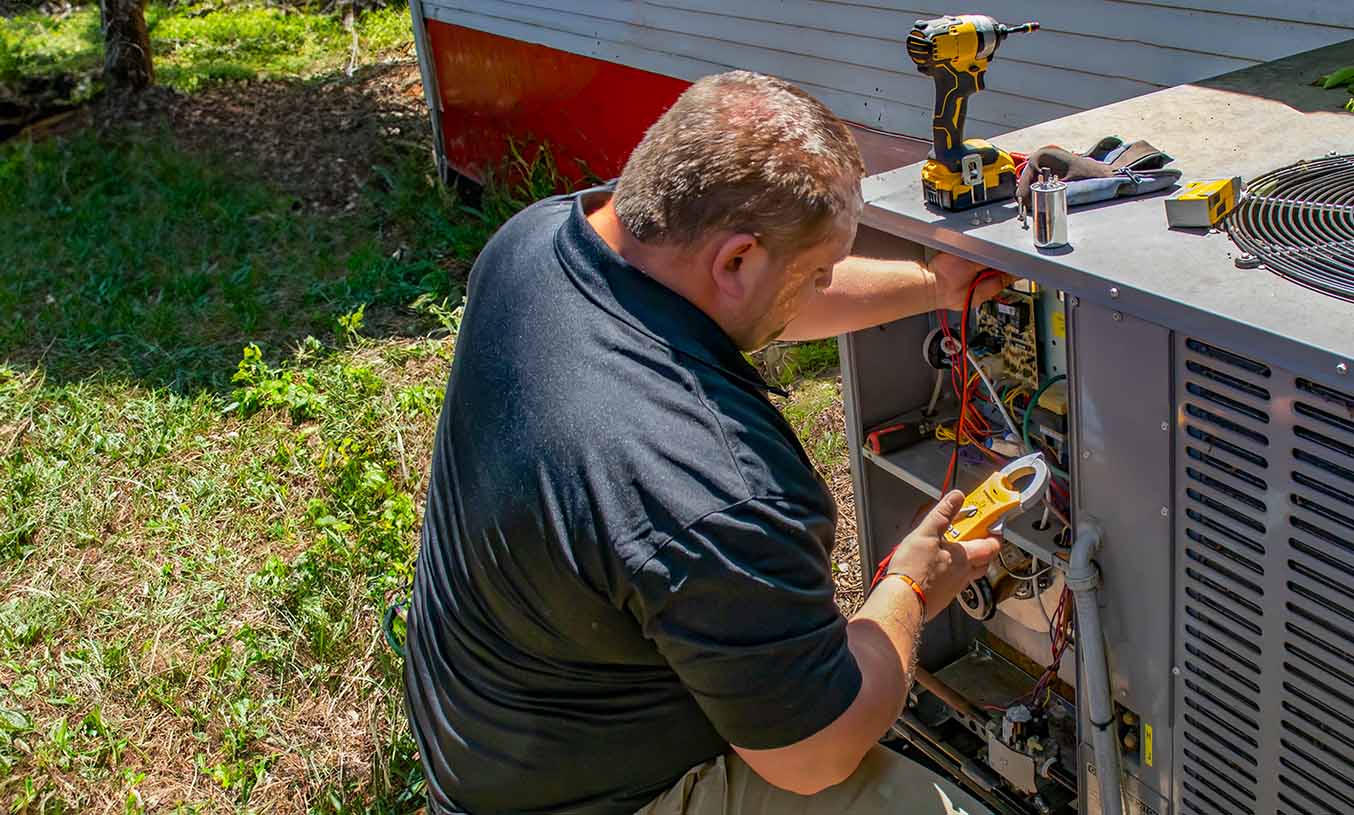

Energy Efficiency
Your trusted partner for professional home services. Quality workmanship, guaranteed satisfaction.




- HEP
- Energy Efficiency
Energy Efficiency | Air Conditioning | Heating and Air Conditioning | Ten Mile
Feel the difference a smarter system makes. HEP’s energy efficiency heating and air conditioning team keeps Ten Mile homes cool without burning through your budget. Our technicians pair advanced load calculations with high-SEER equipment to deliver whisper-quiet comfort and utility bills that finally make sense.
From precision installations to 24/7 emergency repairs, we handle every facet of air conditioning care so you can focus on enjoying Tennessee summers. Ask about our preventive maintenance plans that catch small issues before they become costly breakdowns and extend the life of your investment.
As a local, family-owned company, we treat every customer like a neighbor, offering transparent pricing, financing options, and the fastest response times in McMinn and surrounding counties. Discover why Ten Mile residents trust HEP to keep their indoor climate perfect all year long.
FAQs
What makes an air-conditioning system "energy-efficient" and why is it important for Ten Mile homeowners?
An energy-efficient AC system is designed to deliver the same or better cooling performance while using less electricity. This is measured by its SEER2 (Seasonal Energy Efficiency Ratio) rating—the higher the SEER2, the less energy it consumes. In Ten Mile, where summer temperatures and humidity can climb, an efficient system lowers monthly utility bills, reduces strain on the regional power grid, and shrinks your home’s carbon footprint. Over the life of the unit, the energy savings usually offset the higher upfront cost of a high-SEER2 model.
How can I tell if my current air conditioner is wasting energy?
Warning signs include rising electric bills despite normal usage, uneven room temperatures, frequent cycling on and off, and the system running continuously on mild days. If your unit is over 10–12 years old or has a SEER rating below 14, it likely uses 30–50% more electricity than today’s ENERGY STAR® models. A professional energy audit or AC tune-up can quantify exactly how much energy (and money) you’re losing and suggest targeted upgrades.
What size and SEER2 rating should I choose for a replacement AC in the Ten Mile climate?
Proper sizing depends on your home’s square footage, insulation levels, window orientation, and ventilation. Undersized units run constantly and oversize units short-cycle, both wasting energy. A Manual J load calculation by a licensed HVAC contractor is the gold standard for sizing. For Ten Mile’s hot, humid summers we typically recommend a minimum 15.2 SEER2 heat-pump or straight-cool system, but many homeowners opt for 16–18 SEER2 for optimal efficiency, quieter operation, and improved humidity control.
Are there rebates or tax incentives for installing high-efficiency AC equipment in Ten Mile?
Yes. Tennessee Valley Authority (TVA) incentives, manufacturer rebates, and federal Income Tax Credits under the Inflation Reduction Act (up to 30% of project cost, capped at $2,000 for qualified heat pumps) can significantly cut your out-of-pocket price. We’ll help you file the paperwork and ensure your new system meets all efficiency, installation, and AHRI match requirements necessary to receive rebates.
How often should I schedule maintenance to keep my air conditioner running efficiently?
We recommend a professional tune-up once a year—ideally in early spring before temperatures soar. Technicians clean the condenser coil, test refrigerant charge, tighten electrical connections, and calibrate the thermostat. A clean filter must also be replaced every 30–60 days during peak cooling season. Regular maintenance can boost efficiency by up to 15%, extend equipment life, and keep your warranty valid.
Can smart thermostats and zoning improve energy efficiency in my Ten Mile home?
Absolutely. A smart thermostat learns your schedule, adjusts setpoints automatically, and can be controlled from your phone—saving 8–12% on cooling costs. Zoning dampers divide your ductwork into separate areas, allowing you to cool occupied rooms while letting others stay a bit warmer. Together, these upgrades maximize comfort and energy savings without replacing the entire AC system.